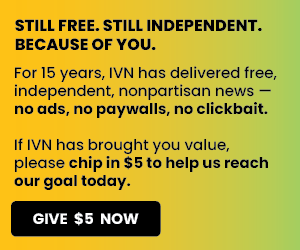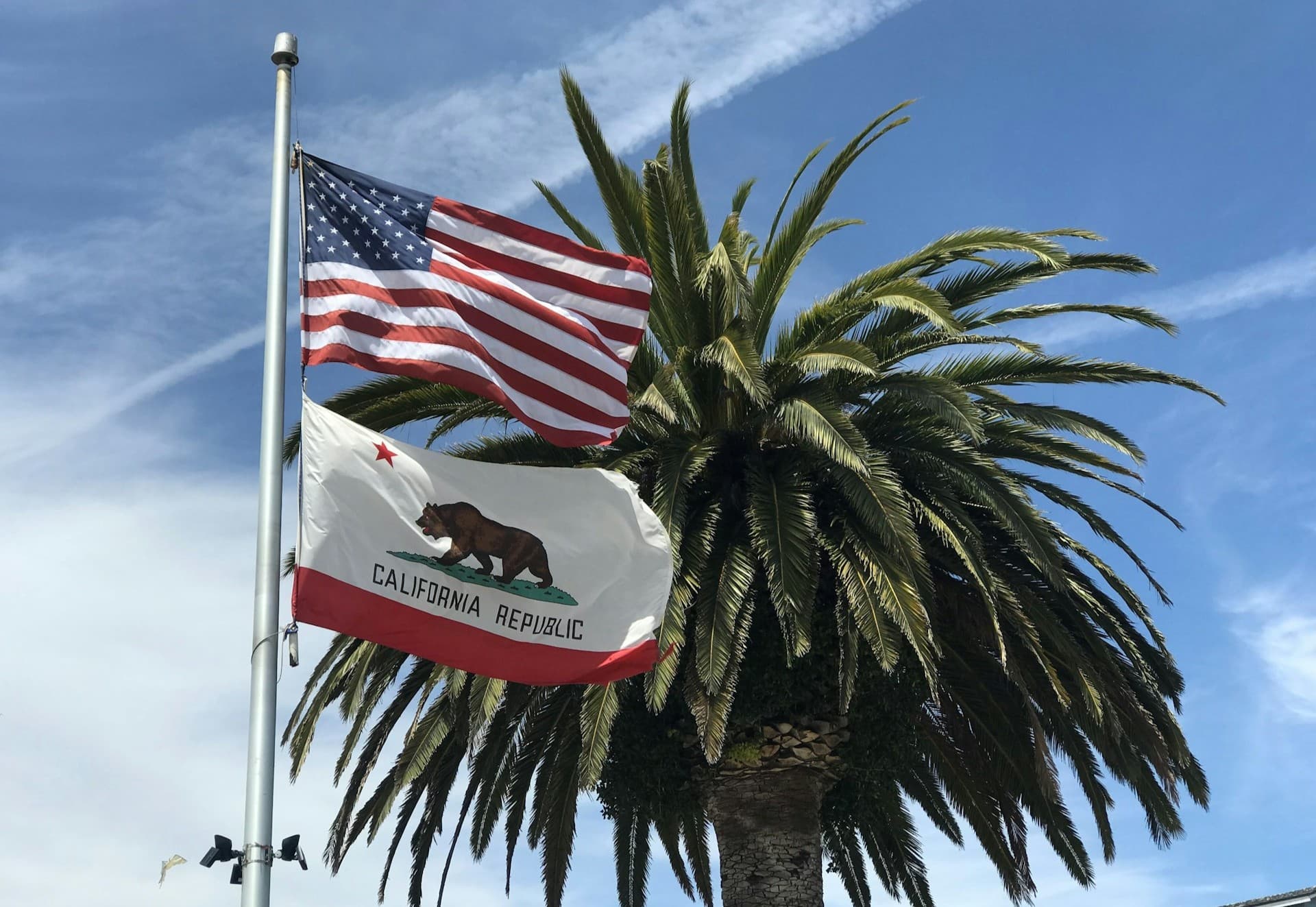Exit Poll: 9-in-10 Portlanders Understood How to Fill Out Their Ranked Choice Ballot

Photo by Kateryna Hliznitsova on Unsplash
The research and data group, FM3 Research, polled voters in Portland, Oregon, to determine how well they understood ranked choice voting (RCV) after the city's first use of it, including the unique use of proportional RCV for city council seats.
The poll was commissioned by the City of Portland.
Turns out, most voters understood how to fill out their ballots. In total, 91% of city voters said they understood the voting process at least "somewhat well." However, when it comes to voter education, the data shows room for improvement -- especially in one voting district.
The percentage of voters who said they understood how to fill out their ranked choice ballots was above 80% and near 90% in 3 of the city's 4 districts. However, in District 1, the percentage of "Total Yes" was at 76%.
This is still an overwhelming majority of voters, but there is notably an 8=point gap between the 24% of voters in District 1 who said "No, never heard of RCV, or not sure" and District 4's 16% (the next highest "No/Not Sure").
ALSO READ: More Choice, Better Representation: Portland Voters Use Ranked Choice Voting for First Time
Portland voters adopted RCV in 2022 as part of a massive overhaul of the city's government, which also increased the size of the city council, created multi-winner geographical voting districts, and created a city administrator position.
On a ranked choice ballot, voters rank candidates in order of preference (1st choice, 2nd choice, 3rd choice, etc.). In a single-winner election, like mayor and auditor, if no candidate gets over 50% of first-choice selections, an instant runoff is conducted.
The last place candidate is eliminated, and their voters' next choices are applied to the RCV tabulation. Additional elimination rounds are held as needed until a single candidate has at least 50%+1 of the vote.
According to FM3 Research, half of voters surveyed heard a great deal about RCV before casting their votes, while 35% said they heard a little about the voting method. This means 85% had at least some knowledge of RCV before casting a ballot.
The more voters heard about RCV, the more likely they were to understand how to fill out their ballot. For example, 97% of voters who "heard a great deal about RCV" understood their ballot versus 69% of voters who never heard of it.
Things Get A Little More Complicated with Proportional RCV
Most US districts that use RCV use a single-winner form of it. However, Portland adopted proportional RCV for its city council races in which 3 candidates are elected in each voting district at the same time.
Put simply, this changed city council elections form being at-large to a system in which Portlanders elect people who specifically live in their communities. However, voters had a slightly tougher time understanding this process.
Proportional RCV isn't much different from single-winner RCV. In Portland's case, the 3 people elected in each district are the candidates who get at least 25%+1 of the vote in the final RCV tabulation, meaning most voters have a say in the outcome.
FM3 Research found that 74% of surveyed voters at least somewhat understood voting to elect 3 candidates all at once in a city council race rather than one candidate. Still a healthy majority, but it appears to be the more complicated element for voters.
Particularly, in District 1, where this number drops to 63% of district voters surveyed. According to the poll, 58% of voters understood their district would be represented by 3 people and nearly half believed ranking candidates diluted their vote.
So, the question then becomes, why? Why was District 1 singled-out? It may have to do with 3 specific datapoints in the poll.
Prior to Reform, District 1 Was Underrepresented
One, 74% of District 1 voters understood how ranked ballots were counted which (2) is the exact same percentage of voters who said they had all the information they needed to understand the ranking process.
More notably, (3) 65% of district voters said "Yes" to the statement, "I feel like the city provided clear, accurate, and timely communications" about the election, a figure that at its highest was 72% in Districts 2 and 3.
When all is taken into account, District 1 voters were more likely to feel underserved in the methods the city used to educate voters on RCV and multi-winner districts.
District 1 encompasses the outer eastside of Portland. This district is historically underrepresented in city government. Up to the 2024 election cycle, only two councilmembers in the city's history had been elected from the area.
Now, the district is guaranteed 3 of the city council's 12 seats. According to FairVote's Avram Reisman:
"In District 1, which covers historically underrepresented East Portland, the three winners include a business-endorsed candidate and two-labor endorsed candidates, who were a White man and two women of color."
District 1 is described as being more diverse and a lower income area -- communities proportional RCV advocates say are better served under the alternative voting method versus single-winner, single-choice, at-large elections.
As with any change to an election system, it is essential that voters across the city have the information they need to understand how the change works and what it would mean for them.
According to Oregon Public Broadcasting, city officials are optimistic about the poll results and a full report is expected to be completed for a December 18 city council meeting.
“Broadly, Portland voters report an understanding of ranked-choice voting according to this poll, an encouraging start for an historic electoral reform,” said city elections division manager Deborah Scroggin.
 Shawn Griffiths
Shawn Griffiths






